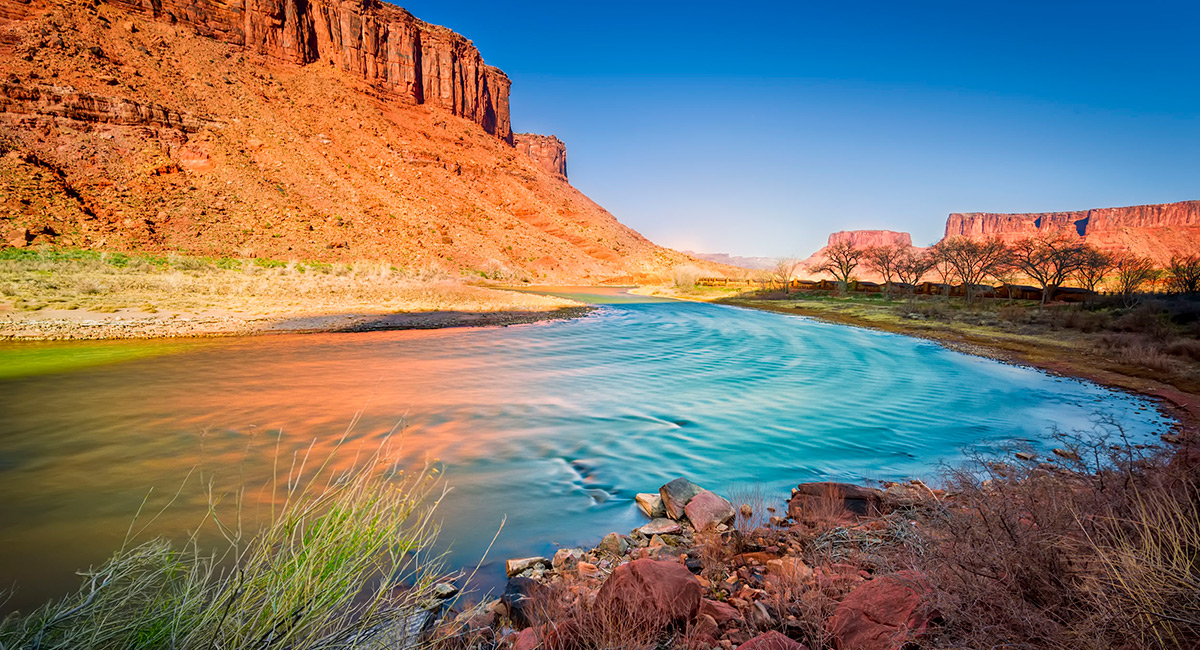At a recent symposium held by the Center for American Progress, Interior Secretary Ken Salazar seemed to welcome decreasing water levels in the Colorado River, gleefully reporting that the decrease of 20% would cause conservatives to finally join them in addressing climate change. He quipped, “The seven [western] states ... are a bastion of conservatism. They recognize ... that the water supplies of the Colorado River are directly related to the changing of the climate.”
But are decreasing water levels in the Colorado River related to climate change or are they caused by an increased demand for water from a growing population living in desert-like environments?
A number of studies have recently appeared that have argued that the frequency and duration of droughts in the desert Southwest have significantly increased in recent years, supposedly due to increasing levels of atmospheric CO2. But these studies are based on the National Weather Service (NWS) cooperative weather observer network (COOP), which consists of volunteer observers who take daily observations of precipitation across the United States. The problem with this network is not the enthusiasm and ability of the COOP observers; it is their consistency. The period of record varies considerably by observer, and there are often missing observations when the observer goes on vacation, is taken ill, or for another reason cannot record a daily observation.
This poses a problem for researchers who use the COOP network to estimate trends: how do you estimate the missing data? One cannot assume a missing observation is zero precipitation, and, in a dry environment where precipitation can be very localized due to thunderstorms, it is impossible to estimate precipitation from a nearby observer who may be located twenty or more miles away.
To address this issue, I and my colleagues from the United States Geological Survey decided to use another NWS network–NWS first-order weather stations. These are hourly observations made by trained observers employed by the NWS and replaced by an automated network (ASOS) in the early 1990s. Thus, the record we used is continuous (virtually no missing data from 1951 through 2006), and the observing practices are standardized.
Our results showed that for the entire year, most stations actually showed the frequency and duration of droughts was becoming shorter! Overall, we found that the variability in drought occurrences can be explained by an increased frequency in El Niño events and positive trends in precipitation since the 1970s, and these results are consistent with trends in streamflow for the southwestern United States. Writing in the Journal of Geophysical Research, we concluded that “little evidence of long-term positive trends in [drought] length in the southwestern United States is apparent.”
Water is a necessary and precious commodity that must be conserved and maintained. But solutions to water demand in the desert Southwest will not be found by addressing anthropogenic climate change—this is not a supply-side problem, and facile antidotes such as cap-and-trade will only make the cost of water skyrocket, thus placing an undue burden on the poor in this region. Real solutions must come from conservation and water use efficiency—the demand-side of the equation. It is land use change, not climate change, which has made water availability an important issue in the Southwest, and only policies that address water demand and use will have any impact.









